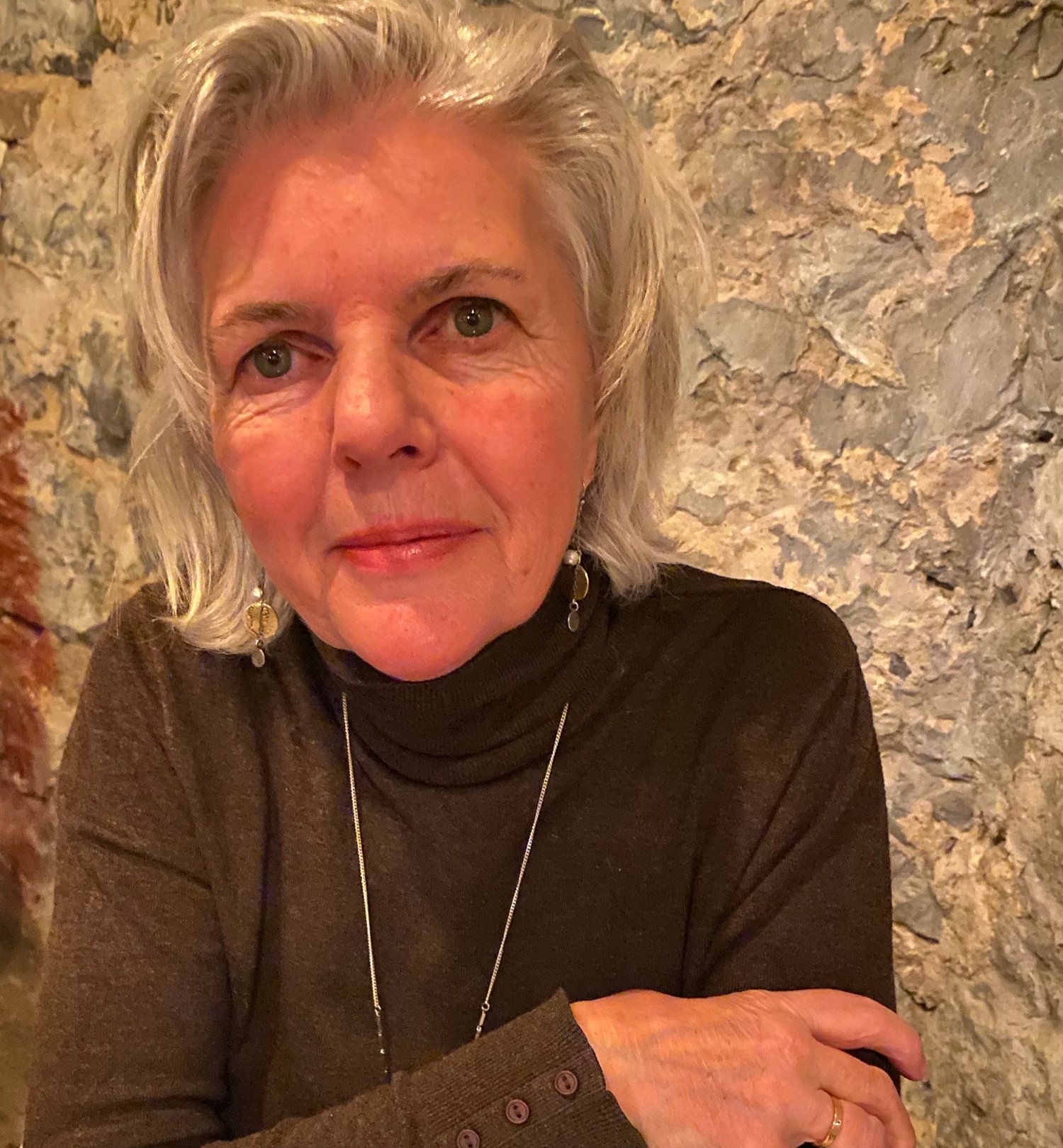In my January blog, Write What You Have Seen, I wrote about the power of journal writing and how it is meant to be commentary on all of your life. If you allow yourself the freedom to get the words out, without worrying about who is going to read your material, you may experience the wonder of personal discovery – to let your true self come forth (good and evil) and then permit God to match His truths with your own experience. That inside look is measured by how much it moves us towards a greater love for God and others.
This month I'd like you to consider how the works of poets, writers, and artists can awaken our imagination and fill in the rescue at the right moment gaps on the journey God invites us to.
As I glance at the mess of books on my night table – like Maclolm Guite'sThe Word in the Wilderness; Walter Brueggemann's Finally Comes the Poet; Ann Voskamp's One Thousand Gifts (How long is your list of gratitude?); Ruth Haley Barton's Pursuing God's Will Together, a volume for anyone involved in group projects; and Lauren Winner's Wearing God, an incredible read on biblical metaphors; The New Yorker, and my Bible – I see mentors. Have you considered how much of life can be mentored through the poets, artists and writers, who are often in need of figuring out life's journey as much as you and I?
Poet Seamus Heaney claims that poetry, and more wildly the poeticimagination, is truth-bearing – not just some inner subjective experience but a redressing; the redress of an imbalance in our vision of the world and ourselves. Malcolm Guite writes that turning to poetry can clarify who we are, how we pray, how we journey through our lives with God, and how he comes to journey with us. I spent the Lenten days reading Guite's poetry along with others who are on a similar journey towards the heart of God. C.S. Lewis is less known as a poet, but his poem – Love's as Warm as Tears – speaks of human divine and the costly love of the cross:
Love's as warm as tears
Love is tears:
Pressure within the brain
Tension at the throat…
Turning to the poets requires time and reflection in order to slow me down and refocus – even if it's only a fleeting glimpse of the potential order of things, as Seamus Heaney eloquently writes.
How God comes to journey with us through the artist reminds me of a visit I made to the National Art Gallery in Ottawa, when viewing the works of the renowned 18th century artist, Camille Corot, who was appreciated for his depiction of biblical personalities such as Job, Rebecca, Ruth, Moses, and others. One in particular left an impression I will never forget – Hagar – the Egyptian servant belonging to Sarai and Abraham. By my estimation the painting measured 8’ x 5’ and depicts Hagar and her son in the desert with an angel hovering over them. The angel’s presence was predominant on the toile, however there was something else that caught my attention more than outstretched hands and enormous wings. Eyes. I think that artists must know that capturing the thoughts of any character has to come through the eyes. Corot managed to show the fear, confusion, and hopeless despair through the glaze in Hagar's eyes.
Hagar's story is the result of disorder in the house of God when lack of trust takes up temporary residence. Her life represents so much of the pain and injustice that mark so many women who are victims of a similar disorder in our society. Twice Hagar was driven to extremes and the second time resigned herself to letting her son die. Today there is an alarming number of women going to that extreme. Despair in the face of adversity pushes them beyond the limits of hope and dreams.
I stood in front of that painting for hours that afternoon. I was transported back to the street where my biological mother stood after giving birth to me – alone, rejected, and no baby to take home. It took her years to talk about that day and it took me more years to write about it, mostly through poetry.
But there is a hope side of Hagar's life in spite of the reality that she was a cast-out and alone in the wilderness. Hagar was the first woman recorded to have direct communication from God. Not just once, but twice the Lord appeared to her – twice in thirteen years. The circumstances of her life didn't change that much in those years but one amazing highlight will always bring hope to all generations. Hagar's eyes were opened to the knowledge of God – "I have seen the One who sees me." God called her name and she responded by obeying his voice. Not only does she experience the consolation of God in the midst of her hopelessness, but her eyes were opened to see the well of water that would save her son's life and her own.
The God who sees us also wants to open our eyes to envision where the wells are to be found. We may not always have a mentor or spiritual advisor in our contact list when we need them but we can listen to the poets, writers and artists that inhabit our night table, Kindle, or the art galleries.



